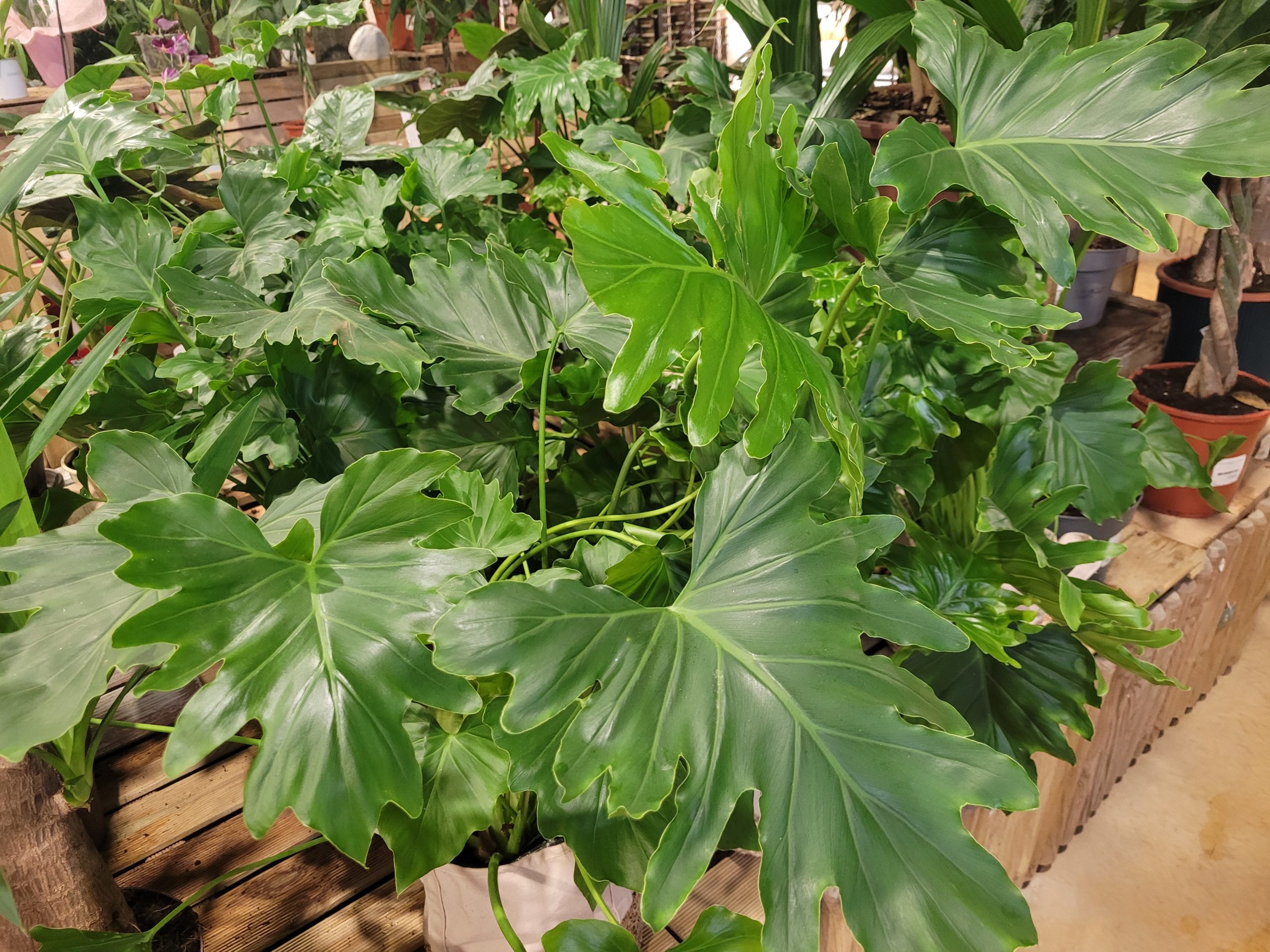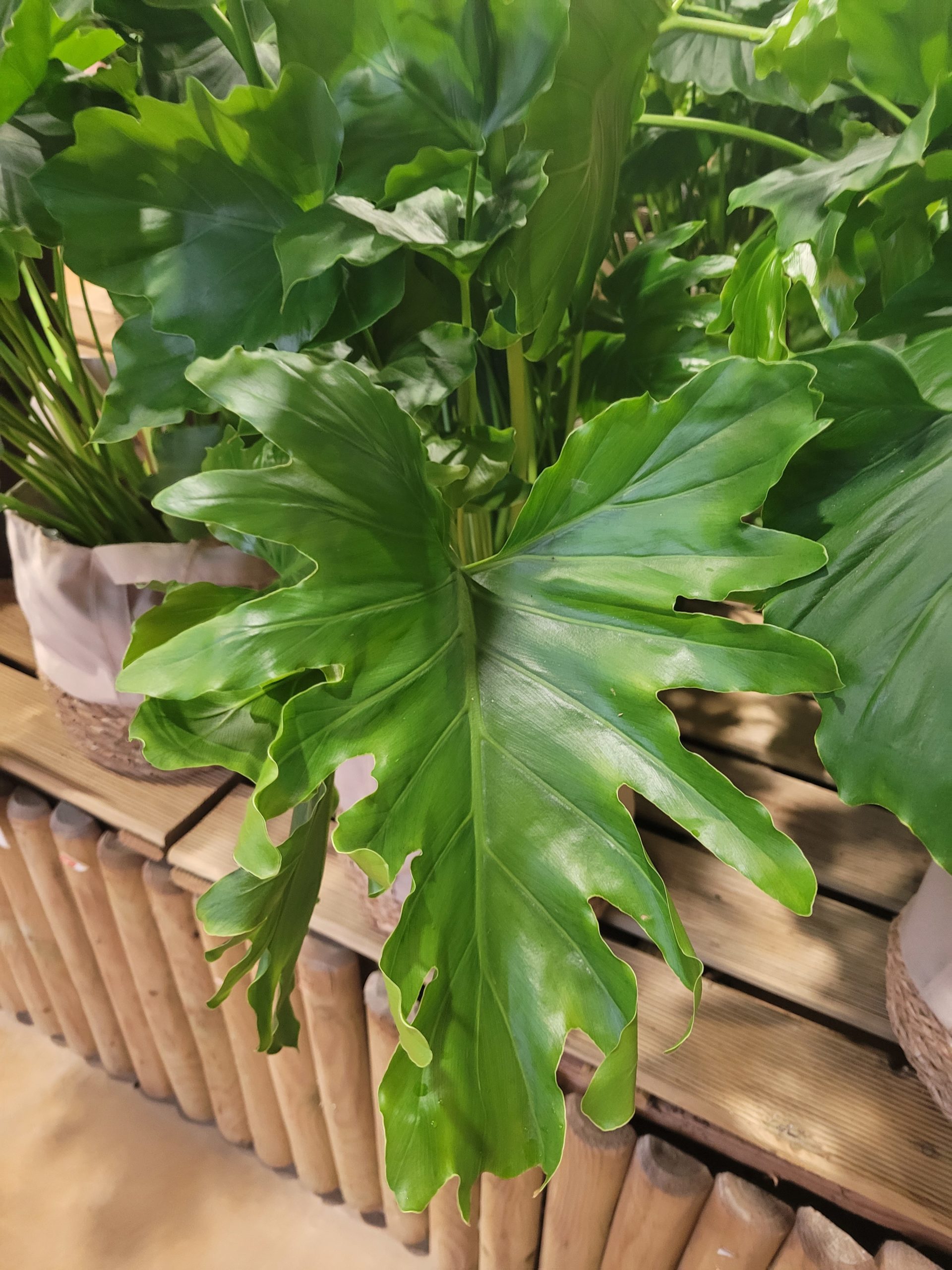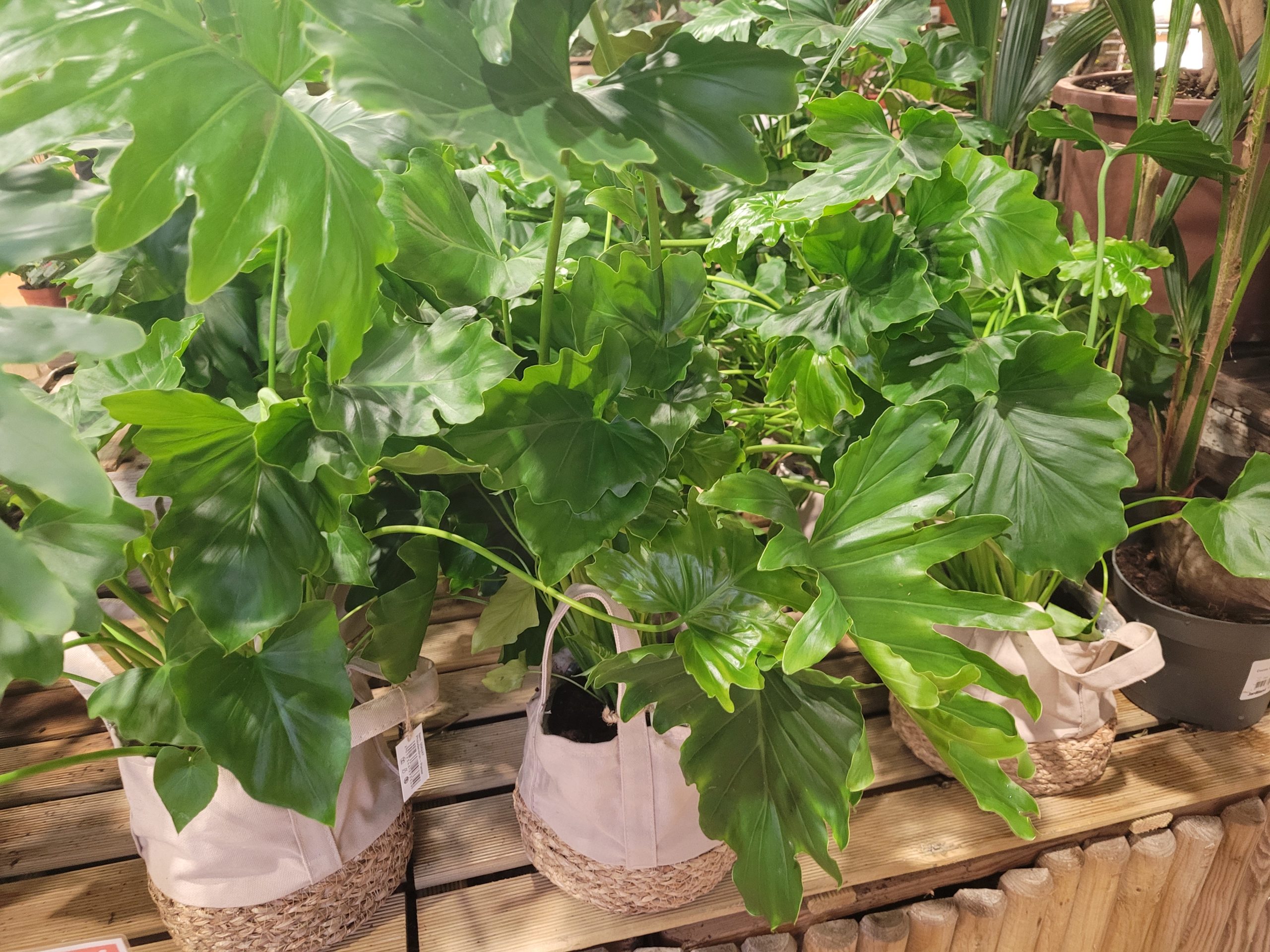Introduction
If you are thinking about how to heat your home while saving planet’s resources and some money, the answer to the question may be: “exotermic plants.” It’s the coldest time of year, and it’s tempting to turn up the heat in your home. However, if you’re looking for ways to save energy and money, then heating your entire house might be a bad idea. The best way to warm up a room or two is by using plants that release heat into the air. You’ll also learn how other simple techniques can help keep your body warm while reducing costs on heating bills!
Philodendron sellorum
Philodendron sellorum is a tropical exotermic plant that can grow up to 4 feet tall. It’s easy to grow, and does well in low light conditions.
Because of this, it’s a great indoor houseplant for those who want to add some greenery but don’t have the time or space for large trees or bushes. You can place it in any room you like—the kitchen, living room, bedroom or office!

Exotermic plants
Exotermic plants can help heat your home and save some money from gas bill or other heating costs. These are plants that release heat, which makes them ideal for heating your home in the winter. Exotermic plants also have other benefits: they can remove toxins from your home’s air and add oxygen to it. They’re also a great way to reduce your carbon footprint!
If you’re looking for an easy way to incorporate exotermic plants into your routine, try bringing home a philodendron sellorum plant. This particular species of plant has been proven effective at purifying indoor air quality and increasing CO2 levels indoors—all while providing an aesthetic appeal for any space!
This particular species of plant has been proven effective at purifying indoor air quality and increasing CO2 levels indoors—all while providing an aesthetic appeal for any space!
The study
In the 1970s, George A. Bartholomew’s team of scientists learned by chance about the thermal capabilities of a plant called Philodendron selloum, the inflorescence of which gave off heat, and that is why it was so interesting to this group of zoologists that they quickly designed an experiment to explain this phenomenon.
They filled a laboratory with plants of this species and monitored the environment by keeping it at 20 degrees: at this temperature the inflorescences managed to increase by 20 degrees, reaching 40 degrees. But as it got colder in the laboratory, the scientists realized that the temperature in the plants remained almost constant. With 4 degrees outside temperature the inflorescence maintained 38 degrees. 34 degrees difference! So, not only did they produce heat but they kept it stable, as mammals do: they were thermoregulatory plants.
Heat production was assigned to the sterile male flowers, which had small orifices (stomata) with which to exchange oxygen with the outside and activate the combustion of the energetic substances responsible for releasing heat.
Having plants that release heat in your home can help you save money on heating costs
Having plants that release heat (exotermic plants) in your home can help you save money on heating costs. Plants release heat when they respire, which is a process that releases carbon dioxide into the air. In addition to respiration, plants release heat when they grow and when they are watered. Philodendron sellorum is an exotermic plant that can help you to heat your home and save money while saving planet’s resources.
Draft-proof your doors and windows
Draft-proofing your doors and windows is an easy way to save money and protect the environment. All you need are a few simple supplies:
- Draft-proofing kits
- Masking tape
- A screwdriver or drill
- A pencil (or pen)
Seal ducts to reduce leaks
While you can’t do much about the temperature of your home’s air, you can reduce the amount of heat that leaks out through your ducts. Sealing ducts is one of the most cost-effective ways for homeowners to reduce their energy bills.
To seal your ducts:
- Use foil tape and metal foil tape to cover seams where metal ductwork meets other materials such as sheetrock or drywall (you’ll find this at any hardware store).
- Apply foam sealant around areas where pipes or wires enter through holes in your walls and ceiling (again, this is available at any hardware store).
- Use foam gaskets around windows, doors and other places where there are gaps between objects like these surfaces as well as between walls themselves (these gaskets can often be found near where you bought those foil tapes).
- You may also want to consider putting up weatherstripping around any door frames or window jams before going down any further into how air gets out of your house!
Use curtains to trap more heat at night
When it’s time to sleep, pull the curtains closed. You can buy curtains made of fabric or plastic. They come in all different colors and patterns. Curtains are usually hung on a rod or fastened to a curtain rail that is attached to the ceiling or wall. For energy efficiency, choose thick fabrics like cotton or linen rather than thin synthetic materials like polyester; these absorb more light and heat, which makes them better insulators than thinner fabrics. The curtains will also keep out sunlight so you can sleep in longer if you want—and don’t worry: there are sun shades that do just this job beautifully!
Use pot plants as “green heaters” to release warmth into the house. The philodendron is best
Philodendron sellorum is a tropical plant that grows in the Amazon rainforest. It’s a popular houseplant, and it’s easy to care for. Since it’s so easy to grow, you can put them even in places where they won’t get much sunlight—they like indirect light and don’t need much air flow or ventilation. You may want to rotate the pot every once in a while, since they are known as “climbing plants.”
The philodendron releases heat into your home when you water it regularly (according to how often yours needs watering). According to NASA, this plant grows very quickly; so if you have one or two of them near each other, this might be enough heat for your entire apartment!
Conclusion
If you need to heat your home, there are many ways to do it in a way that’s environmentally friendly. Our purposal is to use exotermic pot plants as “green heaters” to release warmth into the house. The philodendron is best!
You can use less energy and save money by installing energy-efficient appliances, choosing renewable-energy sources like solar panels or geothermal heating systems, and even using your own body heat instead of turning up the thermostat when sleeping at night!


